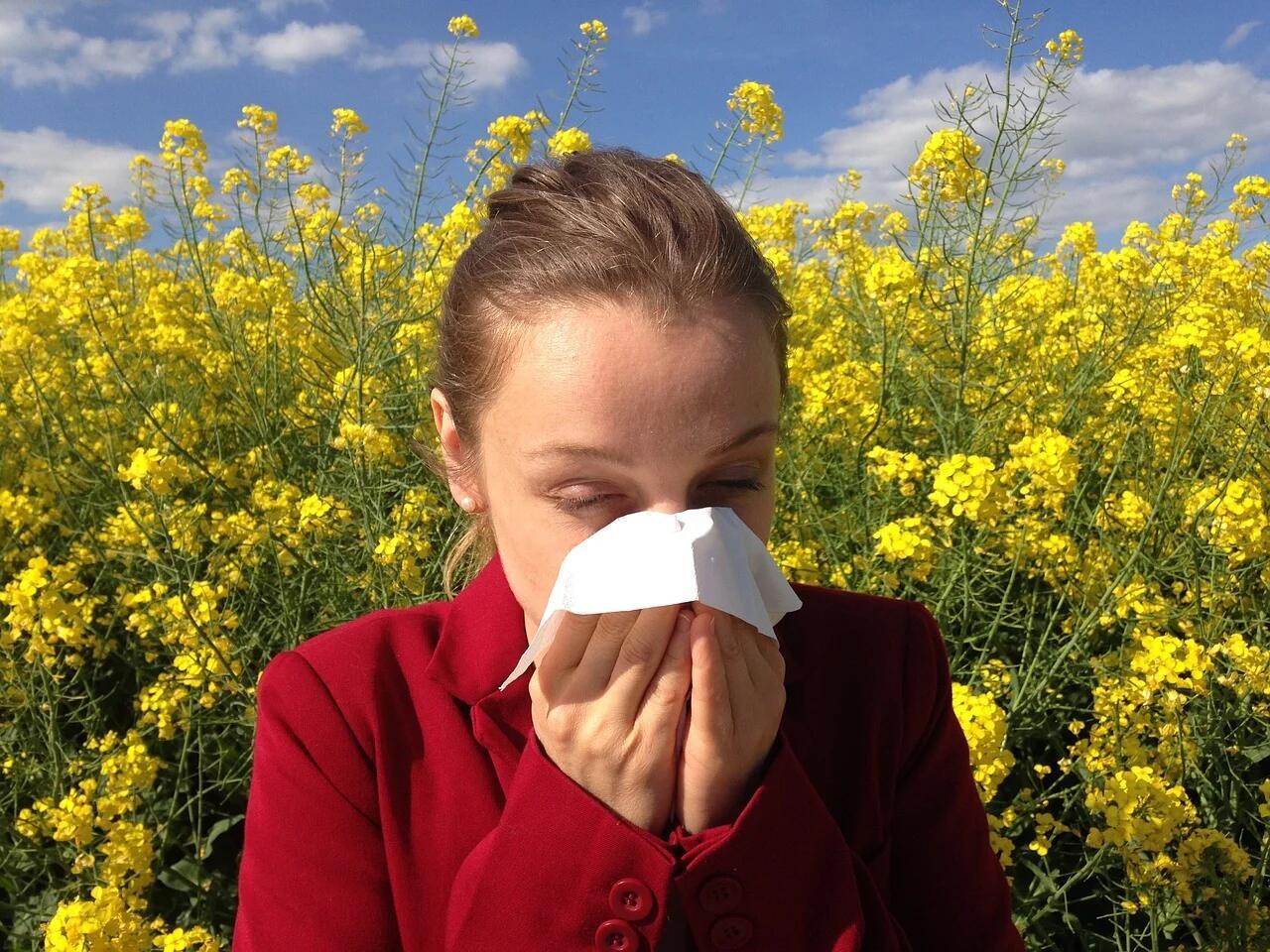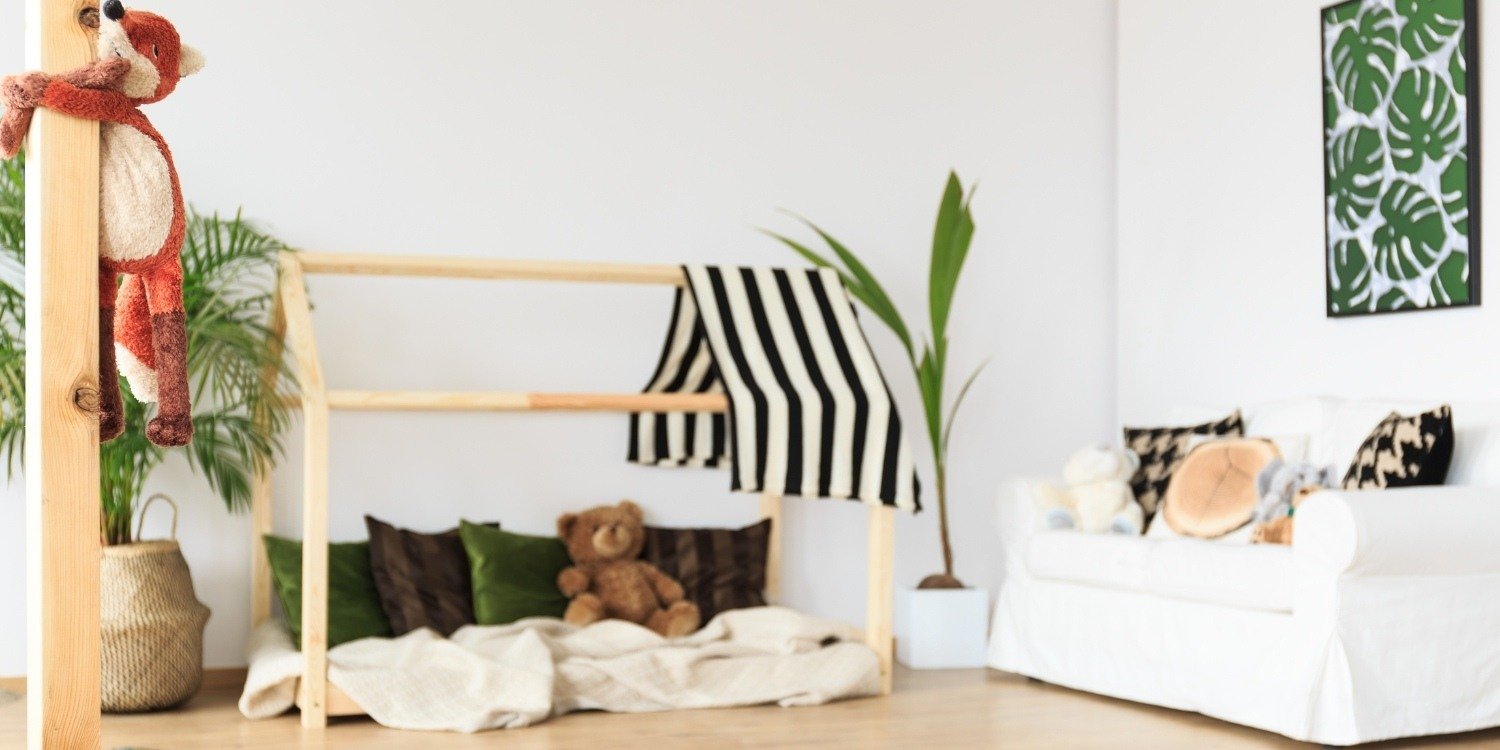Your home may not be your haven if you have allergies. In fact, airborne allergens and exposure to toxic or irritating cleaning solutions, air fresheners, and other products could be worsening your condition. Although regular vacuuming and mopping help reduce allergens, vacuuming alone is not enough to minimize your exposure to the substances that trigger your unpleasant symptoms. These allergy-proofing steps will help make your Central New Jersey home as hypoallergenic as possible.
Minimize Airborne Allergens
Air-conditioners and high-efficiency particulate air (HEPA) purifiers significantly reduce allergens inside your house, but pollen and mold spores can enter your home when you open the door to carry in the groceries or chat with your mail carrier. Allergens may also hitch a ride on your clothing, shoes, gardening tools or your pet’s fur.
Reduce indoor allergens by:
- Using a moistened cloth to remove pollen and dust spores from your pet’s fur after it’s been outside.
- Taking off your shoes in the garage and washing clothes immediately if you’ve been outside for a long time.
- Washing tools, toys and gardening equipment before you bring them inside.
- Replacing furnace and air-conditioner filters regularly with HEPA filters.
- Using a vacuum cleaner with a HEPA filter.
Get Rid of Allergen Catchers
Pollen, mold spores and pet dander can drift deep inside your carpet and may not budge no matter how often you vacuum. It’s much easier to remove allergens from hardwood, tile, stone or vinyl floors. Damp mopping these surfaces once a week or more will reduce the allergens that find their way into your home.
Removing carpeting is an excellent choice if you or your family members are having trouble managing allergy symptoms. If you’re planning on building a new home, opt for hardwood flooring in the bedrooms when you make your upgrade choices.
If your allergies are severe, you may want to replace some of your upholstered furniture with wood furnishings. Window blinds harbor a lot of dust and trap allergens. Washable curtains or roller blinds are a much better choice.
Clean It or Wash It
Your floors may be clean, but what about the baseboards, walls and ceilings? Allergens and dust can also collect on these surfaces. Dusting or cleaning the ceilings and walls a few times during allergy season can help reduce sneezing, congestion and itchy watery eyes.
When you clean, don’t neglect ceiling fan blades, knickknacks, picture frames, vases, books, blinds, the tops of door and window frames, appliances, bookshelves and cabinets. If you’re the one affected by allergies, it makes sense to ask another family member or a cleaning service to handle dusting and cleaning. Make plans to spend the day away from home while someone else deep cleans your home.
Devote Extra Time to the Bedroom
Since many of the hours you spend at home are spent in your bedroom, it makes sense to make this room the focus of your efforts. These steps can help you ensure that you don’t wake up sneezing:
- Wash sheets, pillowcases and blankets once a week in hot water to kill dust mites and their feces. Most people who have dust mite allergy are actually allergic to the waste products of these microscopic mites.
- Buy washable, allergy-proof covers for your mattress, pillow cases and comforter. The covers zipper shut, preventing you from coming in contact with dust mites and their feces.
- Clean mold from window sills. Even a little mold may worsen your allergies while you sleep.
- Swap pillow feathers and comforters for down-alternative versions. Some people notice fewer symptoms when they make the switch.
- Say no to your pet. Allergists say that pets shouldn’t sleep in bedrooms, but we all know that won’t necessarily happen. If you don’t want to bar your pet from your bedroom, at least provide a separate bed for your dog or cat.
Read Labels Carefully
Stay away from cleaning or household products that contain strong chemicals or fragrances. Make your own cleaning products or choose cleaners that contain natural ingredients. If you plan to use paint or stain in your home, choose products that contain low volatile organic compounds (VOC).
Do you think that your current home may be contributing to your allergies? When you build a brand new home, you can control the features and finishes used in your house. Country Classics at Hillsborough offers a variety of options that will help you reduce allergens. Get in touch with us soon if you’re interested in one of our luxurious new homes. Our final phase is selling fast!
Sources:
Mayo Clinic: Allergy Proof Your Home
https://www.mayoclinic.org/diseases-conditions/allergies/in-depth/allergy/art-20049365
Asthma & Allergy Foundation of America: Dust Mite Allergy
https://www.aafa.org/dust-mite-allergy/
















Leave a Comment